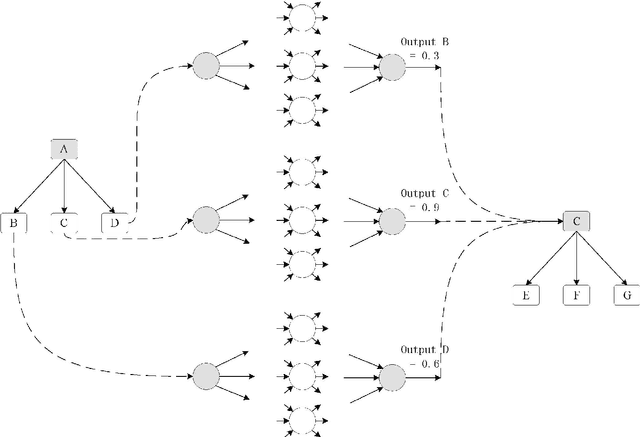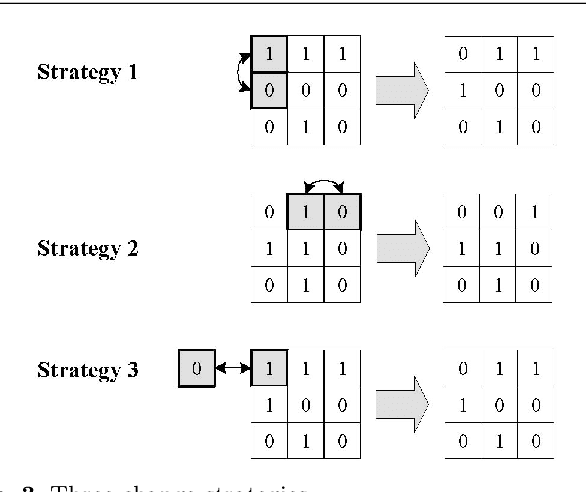Yajie Dou
Neural Networked Assisted Tree Search for the Personnel Rostering Problem
Oct 24, 2020



Abstract:The personnel rostering problem is the problem of finding an optimal way to assign employees to shifts, subject to a set of hard constraints which all valid solutions must follow, and a set of soft constraints which define the relative quality of valid solutions. The problem has received significant attention in the literature and is addressed by a large number of exact and metaheuristic methods. In order to make the complex and costly design of heuristics for the personnel rostering problem automatic, we propose a new method combined Deep Neural Network and Tree Search. By treating schedules as matrices, the neural network can predict the distance between the current solution and the optimal solution. It can select solution strategies by analyzing existing (near-)optimal solutions to personnel rostering problem instances. Combined with branch and bound, the network can give every node a probability which indicates the distance between it and the optimal one, so that a well-informed choice can be made on which branch to choose next and to prune the search tree.
 Add to Chrome
Add to Chrome Add to Firefox
Add to Firefox Add to Edge
Add to Edge